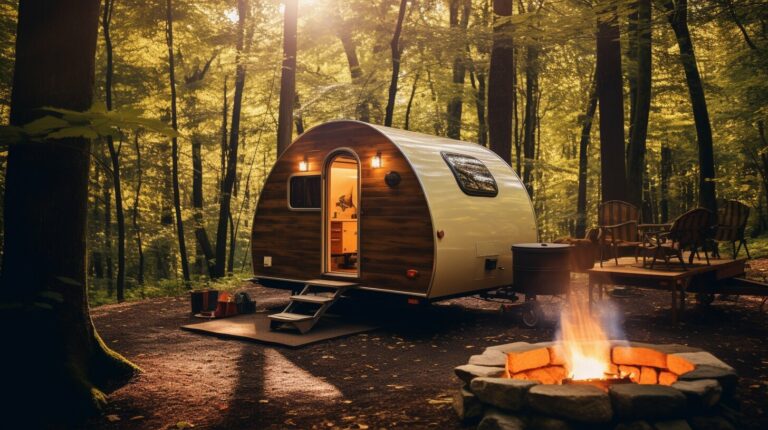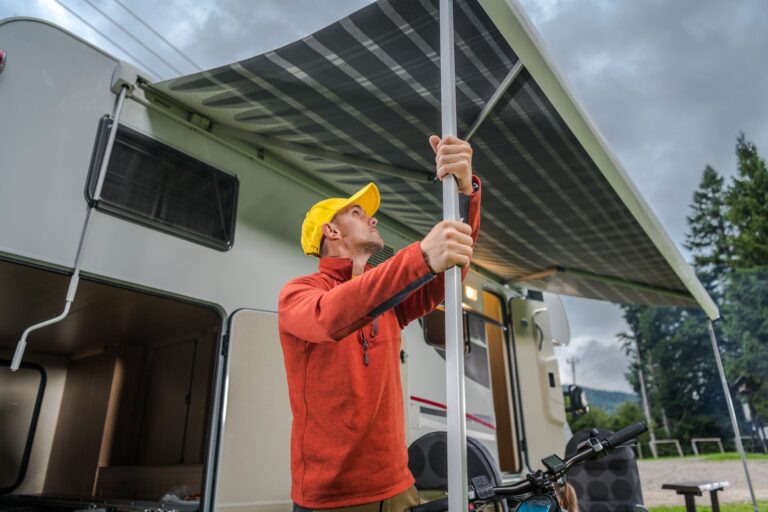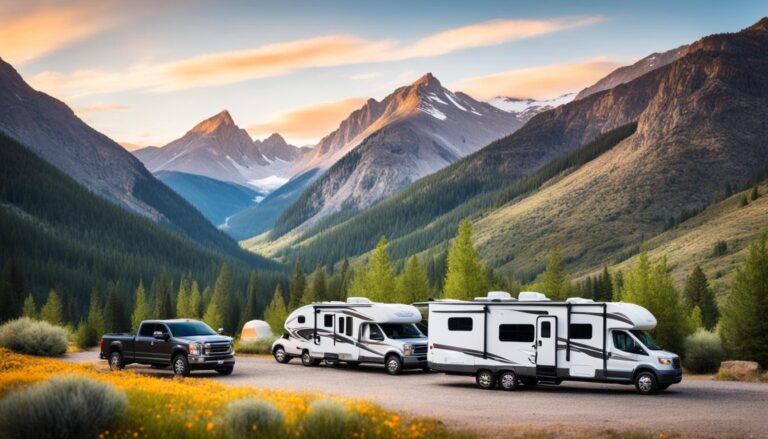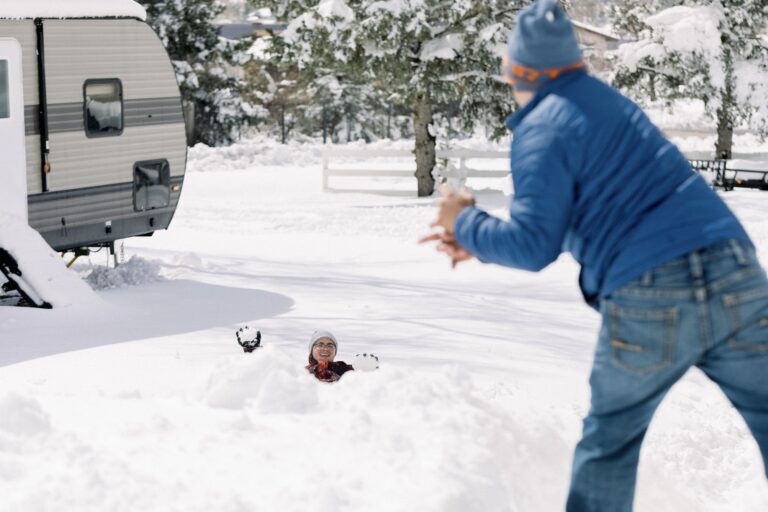For many, RVing is synonymous with freedom and adventure, and what better way to explore your surroundings than by biking? Whether you’re traversing a national park or navigating a local town, biking can be a fantastic way to immerse yourself in the landscape. But first, you need a reliable bike rack to safely transport your bikes. Here’s a comprehensive guide on how to choose and install an RV bike rack.
1. Choosing the Right RV Bike Rack
There are several types of RV bike racks, each with its advantages and disadvantages. Your choice will depend on factors like your RV type, the number of bikes, and personal preferences.
- Bumper-Mounted Bike Racks: These racks attach to the square bumper at the back of your RV. They’re usually inexpensive and easy to install but are not suitable for heavy bikes or RVs with weak bumpers.
- Hitch-Mounted Bike Racks: These racks attach to the hitch receiver on your RV. They can carry multiple bikes and provide easy access but may increase the length of your RV significantly.
- Ladder-Mounted Bike Racks: These are lightweight, easy to install, and do not increase the length of your RV. However, they can only carry one or two lightweight bikes.
- Roof-Mounted Bike Racks: These racks are attached to the roof of the RV. They offer good stability but can be difficult to access and may increase the height of your RV.
Consider these factors when choosing a bike rack:
- Bike Capacity: Make sure the rack can accommodate the number of bikes you want to transport.
- Weight Limit: Check the weight limit of the rack and ensure it matches the combined weight of your bikes.
- Compatibility: Ensure the rack is compatible with your RV type and the size of your bikes.
2. Installing the RV Bike Rack
Once you’ve chosen the right rack, the next step is installation. While the process varies based on the type of rack, here are some general steps:
- Read the Manual: Always start by reading the manufacturer’s manual. It contains detailed instructions and safety guidelines.
- Assemble the Rack: Most racks come disassembled. Follow the manual to assemble it correctly.
- Attach the Rack: Depending on the type, you may need to attach the rack to the bumper, hitch receiver, ladder, or roof. Make sure it’s tightly secured.
- Load the Bikes: Load your bikes onto the rack as instructed by the manufacturer. Ensure they’re securely fastened and cannot move while in transit.
3. Safety Tips for Using RV Bike Racks
Safety should be your top priority when using an RV bike rack. Here are some tips:
- Regularly Check the Rack: Regularly inspect the rack for any signs of wear or damage. Check the security of the attachment and the condition of the straps or locks.
- Balance the Weight: Try to distribute the weight evenly across the rack to prevent it from tilting or swaying.
- Cover the Bikes: Consider using a bike cover to protect your bikes from dust, rain, or sunlight.
4. Maintaining Your RV Bike Rack
Proper maintenance can extend the life of your bike rack and ensure it remains safe and functional.
- Clean Regularly: Clean the rack regularly to prevent dirt and grime accumulation. Pay special attention to moving parts like hinges or locks.
- Lubricate Moving Parts: Apply lubricant to any moving parts to ensure they operate smoothly.
- Store Properly: If you’re not using the rack, store it in a dry and protected place to prevent rust or damage.
5. Alternatives to RV Bike Racks
If an RV bike rack doesn’t suit your needs, there are other options to transport your bikes:
- Inside the RV: If you have enough space, you can store your bikes inside your RV. This provides the best protection but can take up valuable living space.
- Tow Vehicle: If you’re towing a vehicle behind your RV, you can use it to transport your bikes.
- Renting Bikes: If you only bike occasionally, consider renting bikes at your destination.
Choosing and installing an RV bike rack may seem like a daunting task for new RV owners, but with this guide, you should be well-equipped to make the best choice for your needs. By considering your RV type, bike capacity, and personal preferences, and by following safety and maintenance guidelines, you can enjoy biking adventures on your RV trips. Happy RVing and biking!






